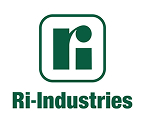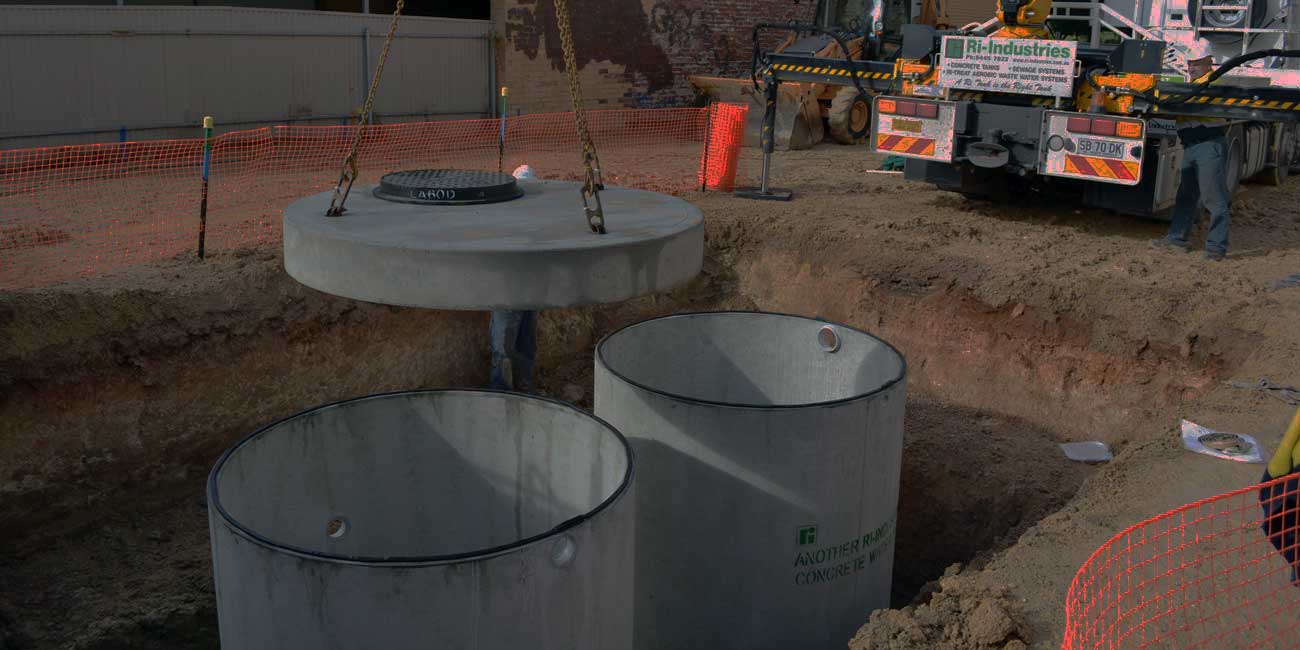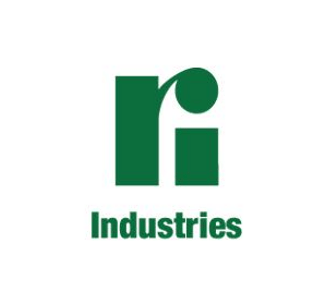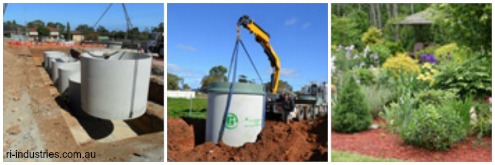Ready for even more rainwater tank facts? Ri Industries is helping spread the word about the many benefits of using rainwater tanks Adelaide. Here are 9 more compelling reasons to install a rainwater tank at your home.
- Rainwater tanks come in many different sizes; visit Ri Industries to learn more, or use our phone app to view specific details and measurements of our rainwater tanks.
- Use of rainwater saves our oceans and rivers by reducing the amount of sewage discharged to these waterways.
- By the numbers:
10mm of rain fall results in 200sqm roof = 2,000 litres X 80% collection / rain bounce = 1,600 litres water stored;
- 2,500 litres water stored will provide 4 litres / toilet flush ( 140 litre / week) as an alternative source with lower levels of salt and other substances.
- Some governments provide rebates for certain rainwater tank installations.
- Producing water from a rainwater tank is 5 times more energy efficient than when produced in a desalination plant.
- Rainwater tanks can be buried underground out of sight and is a good option for smaller properties.
- According to the Government, if southeast Queensland and Sydney homeowners increased rainwater tank installations by 5 percent, major water projects could be delayed for years.
- Your garden will thrive when showered with your collected rainwater!
Learn even more about what a rainwater tank can mean to your home by calling Ri Industries at 08 8444 8100 and speaking with one of our experts.










